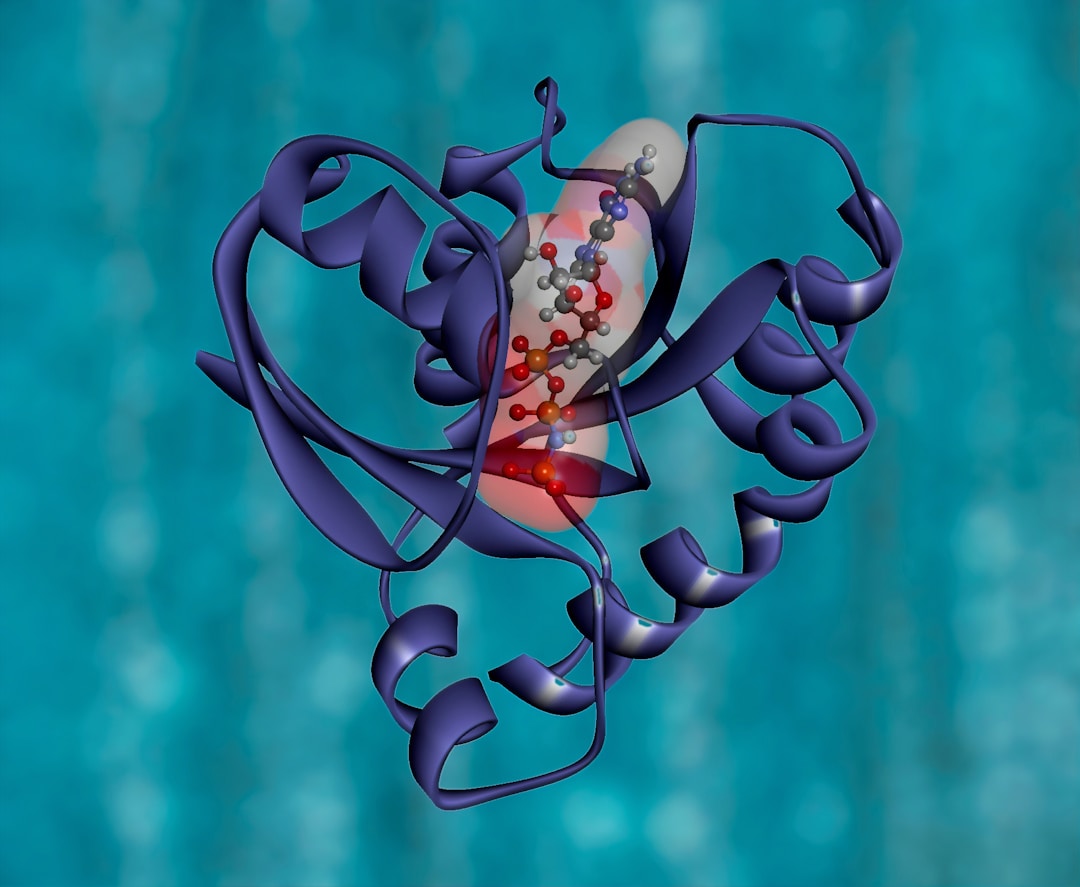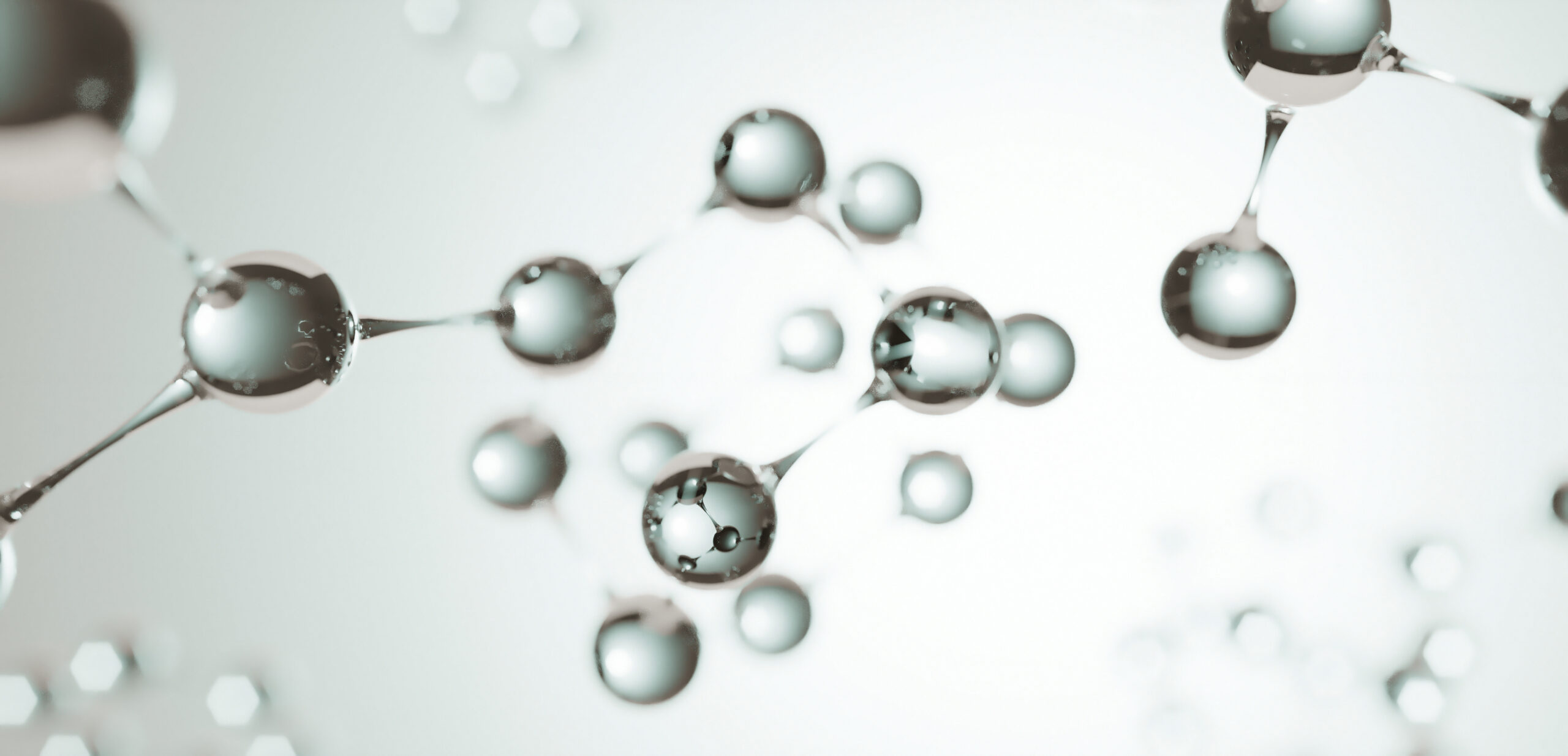In the realm of health and wellness, a silent but powerful molecule has emerged as a key player in the intricate world of epigenetics. Nicotinamide adenine dinucleotide (NAD) is not just a mouthful of scientific jargon but a true multitasker that plays a crucial role in numerous cellular processes. From regulating gene expression to promoting DNA repair, a critical coenzyme is NAD has captivated the attention of scientists and health enthusiasts alike. In this blog post, we will explore NAD’s diverse and fascinating influence on epigenetics, shedding light on its potential implications for human health and well-being. Keep reading to learn more.
The Essence of Nicotinamide Adenine Dinucleotide (NAD)

Nicotinamide adenine dinucleotide is a coenzyme found in all living cells. NAD is deeply embedded in several cellular processes, notably in metabolic reactions, where it serves as an electron carrier. NAD’s unique structure, composed of two nucleotides joined together, allows it to ferry electrons from one metabolic reaction to another, thus facilitating the conversion of nutrients to energy.
Aside from enabling metabolism, NAD also plays a significant part in gene expression through its role in epigenetics. Epigenetic modifications involve changes in gene activity that do not alter the underlying DNA sequence, and NAD is crucial in these processes. By acting as a substrate for certain enzymes, NAD influences the addition and removal of chemical groups on DNA, affecting the readout of our genes and influencing essential biological functions.
NAD’s role extends to overall cellular homeostasis as well. It’s involved in DNA repair, cellular signaling, and immune responses, prompting cells’ continued viability and function. Given these multifaceted roles, NAD is essential for fundamental biological processes and the overall health of an organism. Hence, identifying NAD’s diverse influences and understanding how these might be leveraged for therapeutic purposes is an exciting realm for researchers.
Metabolic Significance of NAD
NAD arguably holds the most significance in metabolism, which plays a critical role in cellular energy production. The catabolism of carbohydrates, fats, and proteins, our bodies’ primary energy sources, all require NAD. In these reactions, NAD serves as a kind of molecular shuttle, transporting electrons from one reaction to another, aiding the conversion of nutrients into energy.
Furthermore, NAD is indispensable in regulating various metabolic enzymes, dictating the direction and efficiency of metabolic reactions. In a state of nutrient abundance, NAD promotes energy storage mechanisms; conversely, nutrient scarcity triggers energy production pathways. Consequently, NAD acts as a metabolic sensor, helping cells adapt to varying nutrient conditions.
Moreover, NAD is essential in mitochondrial health and function. These cellular powerhouses heavily rely on NAD for oxidative phosphorylation, a key process in ATP generation. Hence, a deficiency in NAD levels may compromise mitochondrial function, leading to metabolic disorders. Research into manipulating NAD levels to enhance metabolic efficiency presents a promising avenue for managing metabolic diseases such as obesity and diabetes.
Nicotinamide Adenine Dinucleotide in Epigenetics
Epigenetics pertains to modifications in gene activity that don’t involve alterations to the underlying DNA sequence. NAD influences epigenetic changes via its role as a substrate for enzymes called sirtuins. These proteins remove a chemical tag called an acetyl group from histones. This acetylation or deacetylation of histones profoundly influences gene expression.
The relevance of NAD to cancer epigenetics has stirred significant interest. Many cancers exhibit deregulation of sirtuin enzymes, implicating a potential role for NAD in cancer initiation and progression. Targeting these NAD-dependent sirtuins holds promise for innovative cancer therapies. Understanding the role of NAD in epigenetics not only elucidates fundamental biological processes but could also lead to transformative medical applications within the oncology field.
Importantly, NAD also influences epigenetic changes during aging. Certain sirtuins promote longevity in various organisms, and NAD levels generally decrease with age. Therefore, enhancing NAD availability to promote the beneficial activities of sirtuins might have potential therapeutic effects in age-related diseases.
NAD and Cellular Homeostasis

NAD also contributes to maintaining cellular homeostasis through its roles in DNA repair and cellular signaling. DNA constantly undergoes damage due to various endogenous and exogenous factors. To ensure the continued viability of cells, these damages must be repaired. Certain enzymes involved in DNA repair processes use NAD as a cofactor, underscoring its importance in maintaining the integrity of our genetic material.
In cellular signaling as well, NAD plays a critical role. NAD-dependent proteins are involved in multiple signaling pathways, affecting cell proliferation, differentiation, and death. Thus, fluctuations in NAD levels may alter the balance in these cellular processes, potentially implicating roles for NAD in diseases characterized by aberrant cellular growth, such as cancer.
Lastly, NAD has a role in innate immunity. It’s a substrate for enzymes that modulate inflammation and immune responses. Consequently, NAD’s influence spans from basic cellular processes to whole-body responses, highlighting its broad impact on optimal health and disease states.
Synthesis and Regulation of NAD
The body can produce NAD from a variety of dietary sources. Precursors such as niacin, tryptophan, nicotinamide riboside, and nicotinamide mononucleotide can be converted to NAD through several steps. The complex regulation of these steps ensures a stable supply of NAD, even under varying dietary and health conditions.
Interestingly, NAD synthesis pathways appear to become less efficient with age. This decrease in NAD levels over time is hypothesized to contribute to age-related declines in cellular function and overall health. Efforts to boost NAD synthesis in aging populations may hold potential for combating age-related conditions.
Furthermore, the regulation of NAD levels is tightly linked to cellular metabolic status. For instance, NAD levels decrease under conditions of metabolic stress, such as nutrient deprivation, hyperglycemia, or inflammation. This highlights NAD’s role as a metabolic sensor and its potential to adapt cellular functions to changing environmental conditions.
Therapeutic Implications of NAD
Given the critical roles that NAD plays within the organism, manipulations of NAD may hold therapeutic potential. For instance, boosting NAD levels could enhance metabolic efficiency, ameliorating conditions like metabolic syndrome or type 2 diabetes. Similarly, increasing NAD availability could promote sirtuin activities, potentially influencing longevity and aging-associated diseases.
Moreover, interfering with certain NAD-consuming enzymes might have the potential for cancer therapies. Drugs that inhibit such enzymes are currently being developed and tested. Promising results have revealed that these drugs can slow cancer growth and enhance the effect of other cancer therapies.
Finally, with its role in immune responses, modulating NAD levels might influence the course of inflammatory and autoimmune diseases. In this context, more research is necessary to fully understand NAD’s role in immunity and explore this therapeutic potential.
Potential Challenges and Future Directions

While the potential of NAD in therapeutic applications is exciting, various challenges must be considered. NAD influences diverse biological processes so untargeted NAD manipulation could lead to unintended side effects. Therefore, precision NAD therapies that specifically target its roles in a disease context are needed.
Moreover, the process of accurately measuring NAD is technically challenging but essential for determining the efficiency of NAD therapies. Developing robust techniques for measuring NAD is necessary for this research field.
In the future, an intimate understanding of how NAD interacts with other cellular components will pave the way for new therapeutic strategies. A more nuanced appreciation of NAD’s diverse roles may allow us to harness its potential to improve human health.
NAD affects an array of critical physiological processes. Whether through influencing metabolism, dictating gene expression, or facilitating cellular functions, NAD plays a significant role in our health. Despite the challenges, medical application opportunities and potential benefits are promising. As we further our understanding of NAD’s functionality, a new age of biology and medicine could be on the horizon.


